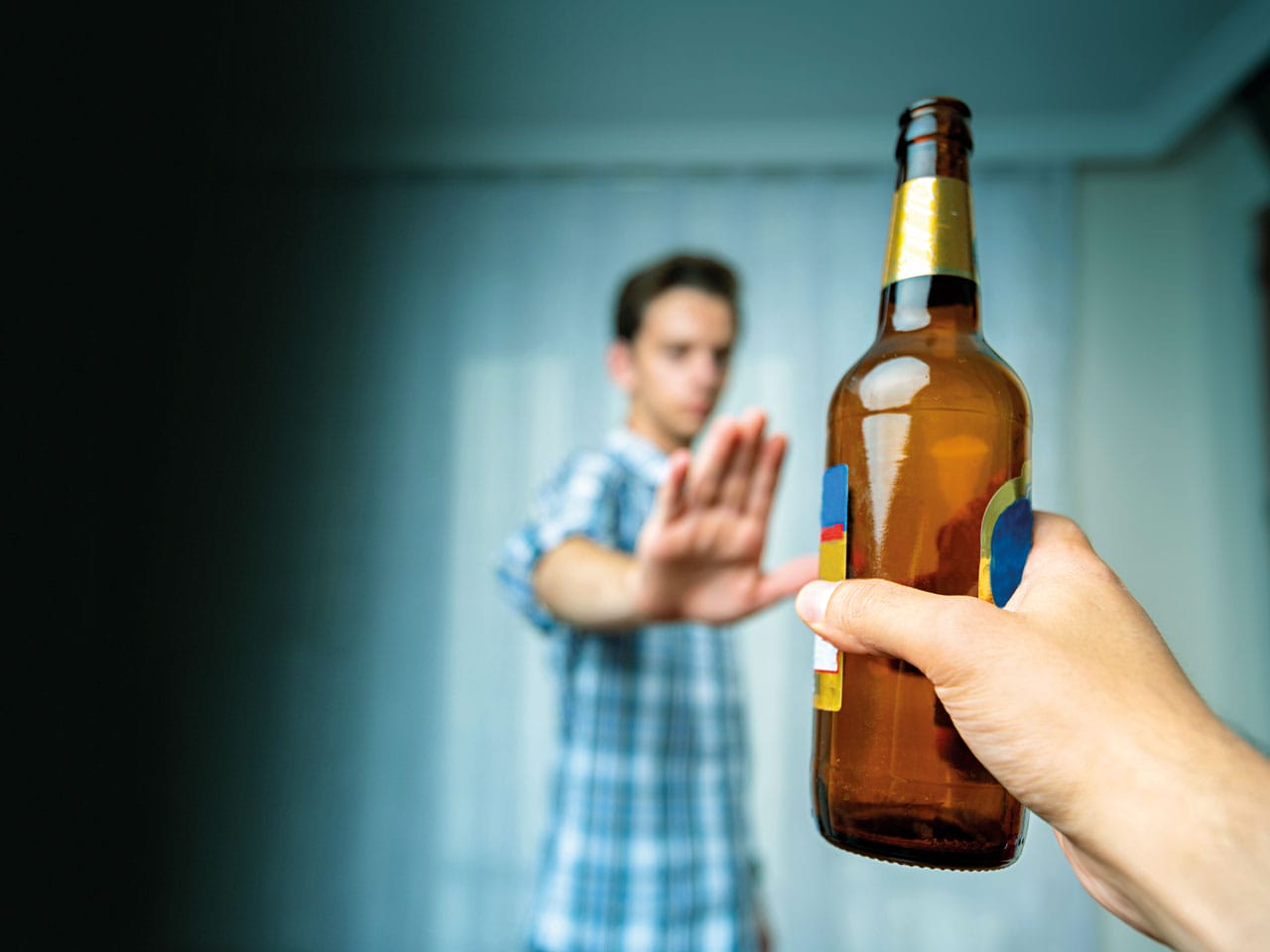Understanding the Value of Alcohol Detoxification for Effective Withdrawal Treatment
In the realm of addiction therapy, alcohol detoxing (detox) is a crucial initial step towards recuperation. This medically monitored process offers a safe setting for the physical elimination of alcohol from the body, while all at once handling the possible negative effects of withdrawal. In spite of its fundamental role, the value of detoxification is often taken too lightly - Safe alcohol detox programs in Morris County NJ. The influence of detoxification on both physical and mental elements of addiction, and its succeeding result on lasting recuperation, is a matter worthy of additional exploration.
Defining Alcohol Detoxing: A Closer Appearance
Alcohol detoxing, frequently simply described as 'detox', is a vital preliminary action in the healing trip of individuals battling with alcohol addiction. It is a medically supervised duration throughout which the body is offered the chance to clear itself of the damaging toxins gathered from prolonged alcohol use. The process normally lasts in between 7 and 10 days.

Nonetheless, it's crucial to keep in mind that detoxification is not a remedy for alcohol addiction. It simply leads the way for further treatment. The psychological dependences related to alcoholism need to be dealt with individually, generally via therapy or counseling. Fundamentally, detoxification is the initial, important step towards long-term recuperation and sobriety.

The Duty of Alcohol Detoxification in Physical Reliance
Physical dependence on alcohol positions a host of health and wellness problems. The duty of alcohol detox ends up being vital in overcoming this reliance, as it assists in navigating the withdrawal procedure. In the adhering to sections, we will certainly discuss the physical impacts of dependence and the duty of detoxification in managing them.
When an individual persistantly consumes alcohol, their body becomes accustomed to its presence, leading to physical reliance. This dependence shows up in different physical signs and symptoms when alcohol usage is lowered or stopped, a problem referred to as withdrawal. Physical impacts of reliance consist of tremors, nausea or vomiting, sweating, and much more extreme symptoms such as seizures and hallucinations. These signs highlight the body's reliance on alcohol to keep regarded normalcy. With time, the body creates a tolerance to alcohol, requiring boosted consumption to achieve the same impact. This vicious cycle intensifies the physical dependancy, activating a lot more serious withdrawal signs and symptoms. Therefore, understanding the physical effects of dependence comes to be important in developing reliable alcohol detox techniques.
Just how does one navigate the complicated procedure of alcohol detox, especially in the context of physical dependancy? The first stage of detox, understood as alcohol withdrawal, can provide serious wellness threats, consisting of seizures and ecstasy tremens. Thus, navigating alcohol detox is a detailed original site process, beginning with professional clinical assistance, complied with by an all natural treatment strategy.
Stages of the Alcohol Detoxification Process
Comprehending the phases of the alcohol detox process is crucial for both the individual and those supporting them. The process commonly begins with the first detox stage, characterized by intense withdrawal signs. This is adhered to by a post-acute stage, where lingering signs might linger, requiring ongoing interest and therapy.
Embarking on the alcohol detox procedure, one runs into the first detox phase as the first important action. It is defined by physical signs and symptoms like trembling, sweating, nausea, and anxiousness, as the body begins to readjust to the absence of alcohol. Intense yearnings for alcohol and potential hallucinations might likewise materialize.
After browsing the preliminary detoxification stage, the person gets in the next phase, known as post-acute withdrawal. Physical signs consist of uneasyness, rest disturbances, and cravings adjustments. Post-acute withdrawal is an essential phase in the alcohol detox procedure, calling for continuous care and attention for successful recuperation.
The Medical Method to Alcohol Cleansing
While numerous people try to stop drinking on their own, a medical method to alcohol detoxing commonly shows to be the most effective and risk-free method (Safe alcohol detox programs in Morris County NJ). This technique includes the participation of medical care professionals who keep an eye on click to read the person's withdrawal symptoms and offer clinical treatments when needed. The process commonly starts with a thorough assessment of the person's physical and psychological health and wellness, adhered to by the growth of a tailored detox strategy
This all natural strategy not only concentrates on instant withdrawal however also aims at long-lasting healing by tackling the origin causes of alcohol dependancy. The medical technique to alcohol detoxing is made to boost the opportunities of successful sobriety, giving thorough treatment that individuals can not give for themselves.
The Partnership In Between Alcohol Detox and Lasting Recuperation

Without detoxification, the person remains literally addicted, making it almost impossible to accomplish long-lasting recovery. Detoxification alone is not enough. It's just the start of a thorough treatment plan that includes therapy, counseling, and typically medication.
For lots of, the detox stage is a turning factor, an opportunity to reclaim control over their lives. Difficult, the partnership in between detox and long-term recuperation is profound.
Verdict
Finally, understanding the role and importance of alcohol detox is important for reliable withdrawal therapy. It not just helps in safely removing alcohol from the body yet additionally assists take care of withdrawal signs. A medically monitored detox addresses both physical and mental elements of addiction, increasing the chances for effective long-lasting recovery. Nevertheless, it is not without its challenges and dangers, better highlighting the demand for professional assistance and assistance.